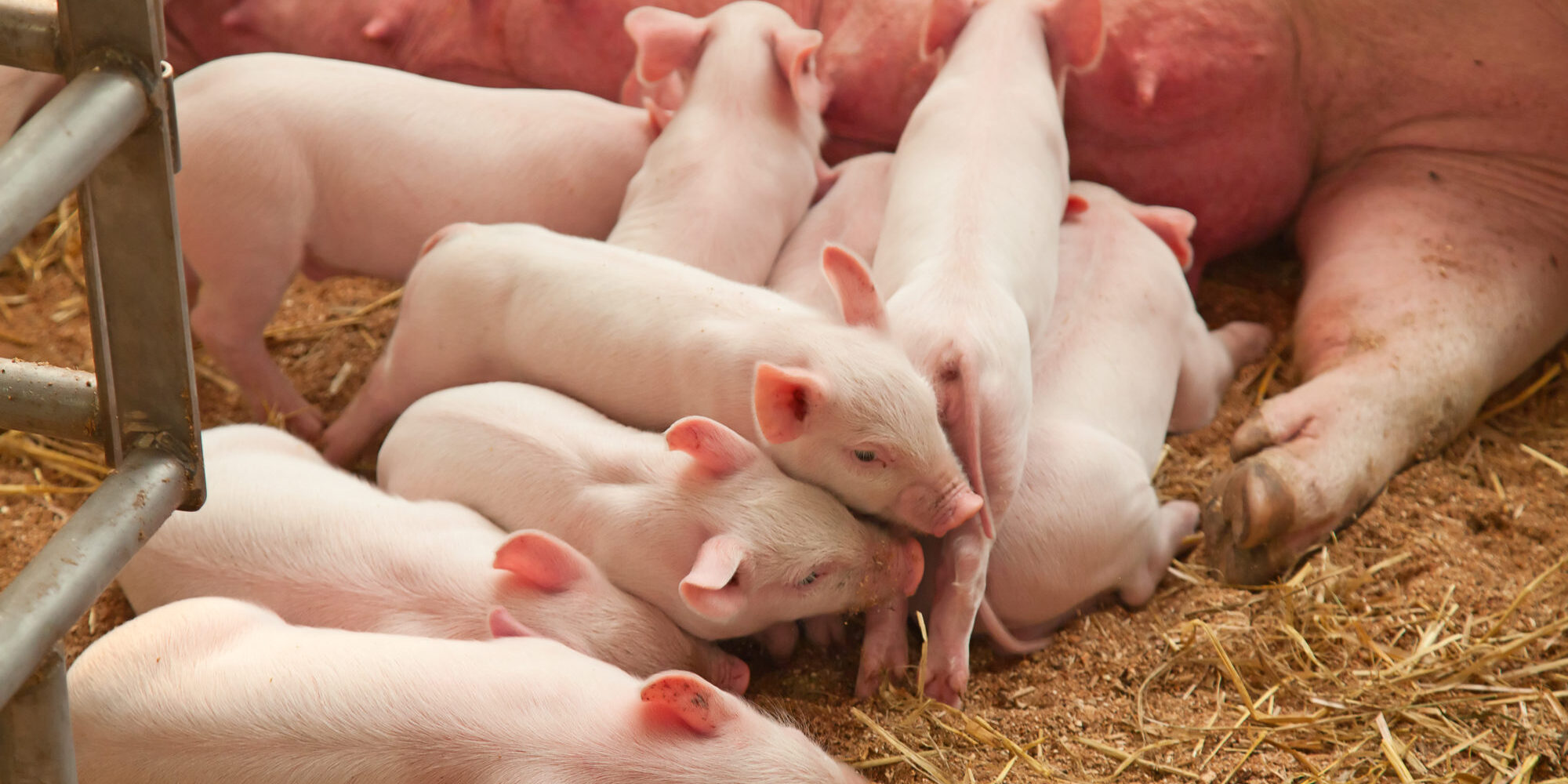
What do we do with resistant bacteria in agriculture?
Author
Published: 04 October 2021
Last updated: 04 October 2021
Contact persons
Share article:
Bacteria that can no longer be fought by antibiotics are a significant threat to public health. New research will find answers to how agriculture can defend itself against this type of bacteria.
The use of antibiotics in Norwegian agriculture has been cut by 44 per cent since 1995, but this has not been enough to prevent bacteria in domestic animals from developing resistance to antibiotics (so-called ‘antimicrobial resistance’). In 2013, bacteria with antimicrobial resistance (AMR) were detected in pigs and poultry, and costly measures were implemented to counter this threat. But more fundamental steps are needed to solve the problem.
From trifling to life-threatening
Resistance in bacteria in livestock occurs when we use antibiotics. The resistant bacteria can then be transmitted to humans, through direct contact with animals, food or via the spread of manure.
If you become ill due to a resistant bacterium and it causes a serious infection, antibiotic treatment may not work. What previously could easily have been treated can instead be life-threatening for both humans and domestic animals, says Ruralis researcher Richard Helliwell.
Looking into the future
He leads the project LIMBO, which has two goals. The first is to envision new types of AMR-related issues different to those we face today. What can lead to the problem occurring, how likely is it to happen, and how will it develop? The answers will provide a foundation for assessing what is needed to better handle the various scenarios.
The second goal of the project is to understand how robust the current system for handling AMR is, and what risks the system carries with it. In 30 years’ time, both the challenges and the organization of Norwegian agriculture will be different. What risks do these changes imply for agriculture’s ability to handle AMR? What will the critical factors be?
Tailoring strategies
By identifying these factors, we can tailor guidelines and strategies for agriculture with a view to combatting AMR and thus increase the probability of success. COVID-19, a transient virus, is redefining the political and economic landscape throughout the world, while AMR represents a constant challenge. Climate change and environmental pollution are contributing to the problem, Helliwell believes.
According to the World Health Organization, across the world an estimated 700,000 people die each year from infections caused by antibiotic-resistant bacteria and other resistant microbes. AMR reveals something about the bacteria’s ability to develop and spread new genes that are resistant to drugs. In this way, the use of antibiotics in animal husbandry can contribute to the development of both new genes and bacteria that are resistant to antibiotics. In addition, the animals become a reservoir for bacteria that are already resistant, so that they can infect humans and animals again.
Threatening modern medicine
Antibiotic resistance threatens one of the fundamental pillars of modern medicine – antibiotics. Antibiotics are not only used to treat the bacterial infections themselves, but are also important to reduce the risk of infection during surgery and chemotherapy.
There are two reasons why concern that bacteria are becoming resistant to antibiotics has proliferated nationally and internationally. First, it is linked to the emergence of resistant bacteria, such as MRSA and ESBL E.coli. These have caused deaths due to infections that were previously considered treatable. The second is that if the number of resistant bacteria increases, we can no longer trust that new medicine will be able to do the job.
Author
Published: 04 October 2021
Last updated: 04 October 2021

